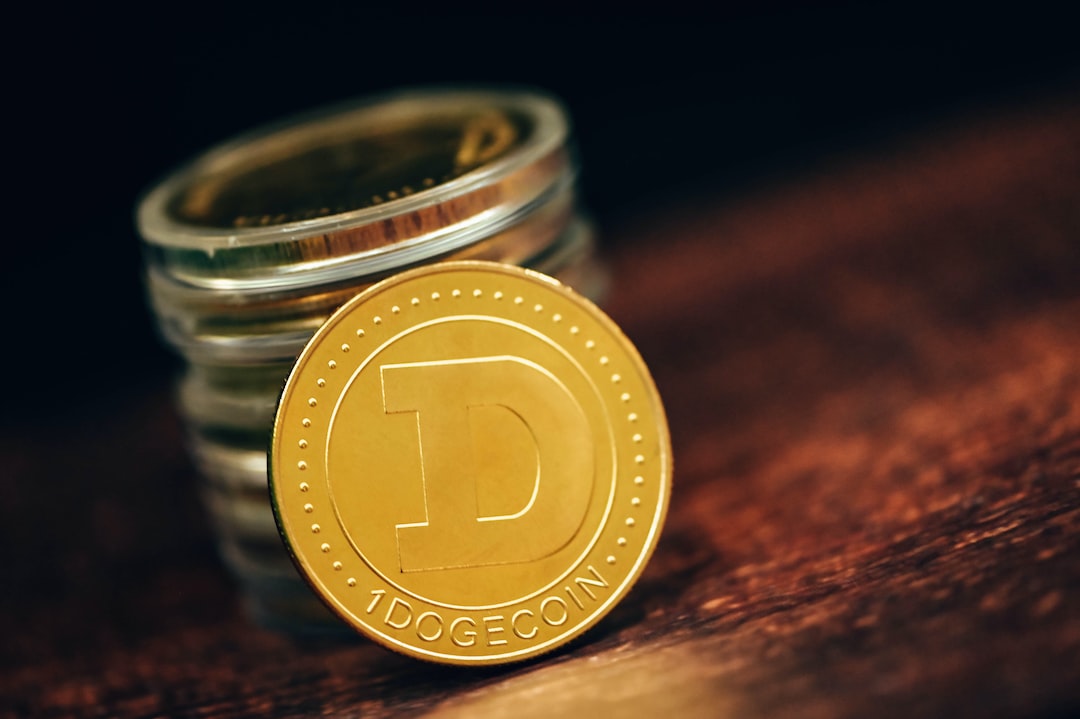The foreign exchange market, or forex market, is the largest financial market in the world. It is estimated that the daily turnover in the forex market is around $5.3 trillion, which is over 50 times larger than the New York Stock Exchange. The forex market operates 24 hours a day, five days a week, and is open to individuals, corporations, and governments from all over the world. So, who trades the forex market, and why do they use charts?
Who trades the forex market?
There are a variety of participants in the forex market, including central banks, commercial banks, hedge funds, investment firms, and individual traders. Each of these groups has different motivations for trading in the forex market.
Central banks are the largest players in the forex market. They often intervene in the market to stabilize their own currency or to manipulate the exchange rate to achieve a desired economic outcome. For example, a central bank may intervene to weaken its currency to make its exports more competitive.
Commercial banks are also important players in the forex market. They use the forex market to manage their own currency exposures and to facilitate transactions for their clients. Commercial banks also participate in the interbank market, where they trade with other banks and financial institutions.
Hedge funds and investment firms are another group of players in the forex market. They use the forex market to speculate on currency movements and to hedge their other investments. These players often use sophisticated trading strategies and algorithmic trading systems to take advantage of short-term market movements.
Individual traders are also active in the forex market. They trade for a variety of reasons, including speculation, hedging, and international trade. The popularity of online trading platforms has made it easier for individuals to access the forex market and trade from anywhere in the world.
Why use charts in forex trading?
Charts are an essential tool for forex traders. They provide a visual representation of price movements over time and allow traders to analyze historical data to identify patterns and trends. Charts also provide traders with a way to monitor the market in real-time and to identify potential trading opportunities.
There are several different types of charts used in forex trading, including line charts, bar charts, and candlestick charts. Each of these chart types has its own advantages and disadvantages, and traders often use a combination of charts to get a more complete picture of the market.
Line charts are the simplest type of chart and show only the closing price for each period. They are useful for identifying long-term trends but can be less useful for short-term trading.
Bar charts provide more information than line charts by showing the opening, closing, high, and low prices for each period. They are useful for identifying price ranges and for analyzing market volatility.
Candlestick charts are the most popular type of chart used in forex trading. They provide the same information as bar charts but present it in a more visual and intuitive way. Candlestick charts are useful for identifying price patterns and for making trading decisions based on market sentiment.
In addition to using charts, forex traders often use technical analysis to identify trading opportunities. Technical analysis is a method of analyzing historical price data to identify trends and patterns. Traders use a variety of technical indicators, such as moving averages, oscillators, and trend lines, to help them identify potential trades.
Conclusion
The forex market is a complex and dynamic market that is open to a wide range of participants from around the world. Central banks, commercial banks, hedge funds, investment firms, and individual traders all trade the forex market for different reasons. Charts are an essential tool for forex traders, providing a visual representation of price movements over time and allowing traders to analyze historical data to identify patterns and trends. By using charts and technical analysis, forex traders can make informed trading decisions and take advantage of the opportunities presented by this exciting and dynamic market.






